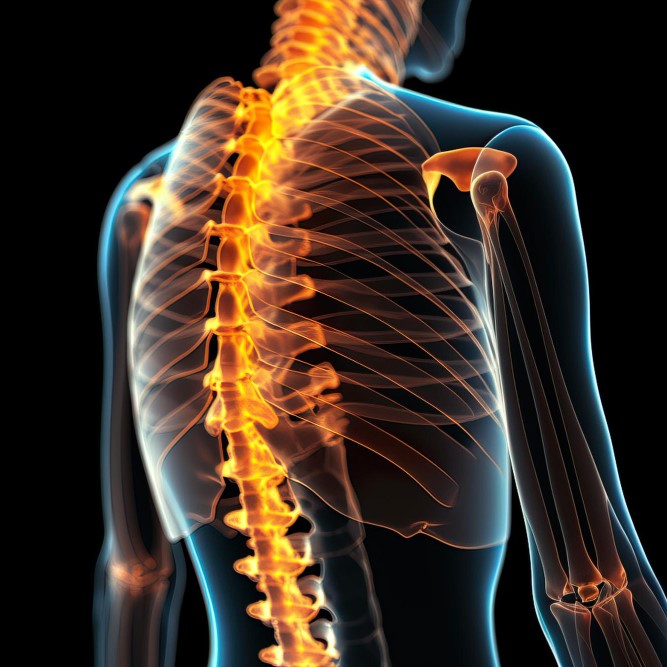WHAT IS KYPHOSIS (HUMPBACK)? HOW IS KYPHOSIS TREATED AND SURGERY PERFORMED?
WHAT IS KYPHOSIS (HUMPBACK)?
Kyphosis is a spinal deformity characterized by an excessive forward curvature of the spine. This condition, also known as spinal curvature, leads to a noticeable forward hunching of the back due to the spine's natural curve becoming overly pronounced. Kyphosis can occur in the neck (cervical), thoracic (upper back), or lumbar (lower back) regions of the spine. Excessive curvature in any region results in a significant and pronounced forward projection of the back.
SYMPTOMS OF KYPHOSIS (HUMPBACK)
The most common symptoms of kyphosis include:
• Rolling of the shoulders
• Pain in the back
• Hunching of the back
CAUSES OF KYPHOSIS
Several factors can contribute to the development of kyphosis. These include:
• Bone Diseases: Conditions affecting bone density, such as osteoporosis, play a role in the formation of spinal curvatures.
• Muscle Weakness: Weakness in the muscles surrounding the spine can make it difficult to maintain proper spinal alignment.
• Postural Disorders: Prolonged periods of incorrect sitting or standing posture can lead to increased pressure on the spine.
• Spinal Injuries: Injuries to the spine can lead to structural changes that result in kyphosis.
• Neuromuscular Disorders: Some neuromuscular diseases can affect muscle control, making it challenging to maintain proper spinal alignment.
The specific causes of kyphosis can vary from person to person, and each case may be unique. Therefore, consulting a specialist for an accurate diagnosis and appropriate treatment is crucial.
DIAGNOSIS AND TREATMENT OF KYPHOSIS
Seeking a medical professional for a diagnosis of kyphosis is important. Your doctor will establish the diagnosis through a physical examination, radiological imaging, and, if necessary, additional tests. Treatment options can vary depending on the severity of the condition, age, and the patient's overall health.
Physical Therapy and Exercises:
In mild cases of kyphosis, physical therapy and specific exercises can strengthen the spine and improve posture. Physical therapists create tailored exercise programs to guide the treatment process.
Use of Orthoses or Braces:
Orthoses or braces can help maintain proper spinal alignment, thus preventing the progression of kyphosis. They are particularly used during adolescence to support spinal growth.
Medication:
Your doctor may prescribe medications for pain management and inflammation.
Surgical Intervention:
In severe cases or when there is insufficient response to treatment, surgical options may be considered. These surgeries aim to stabilize and correct the spine. They may involve the use of titanium screws, rods, or plates to achieve the desired alignment.
It is important to note that each patient and case is unique. Therefore, consulting a specialist is essential for determining the best treatment option.
In conclusion, the treatment of kyphosis is individualized and can vary based on the severity of the condition. Early diagnosis and appropriate treatment can prevent the progression of kyphosis and enhance the patient's quality of life.

Discover the journey of Osimplant...
Start of production
Our production facilities launched its operations after our R&D activities.
First renowned product osi
Expansion
With the addition of our posterior cervical products, our product range and sales network has expanded.
First European Exhibition
We exhibited at Medica – World Forum For Medicine to engage with European markets.
First specialized industrial meeting
We started exhibiting at EuroSpine where all brightest minds in spine get together.
Innovation
We have launched our biggest innovation project with TUBITAK (Scientific and Technological Research Council of Turkey).
First renowned pediatric system uve
We have engineered our Pediatric Systems JUVE which has been a great success in local and international markets.
Trabecular implant cages terracotta
The trabecular implant cage project is thorough and ready to launch to the markets.
Anvisa certification
We are proud to be the first Turkish manufacturer with Anvisa Certification